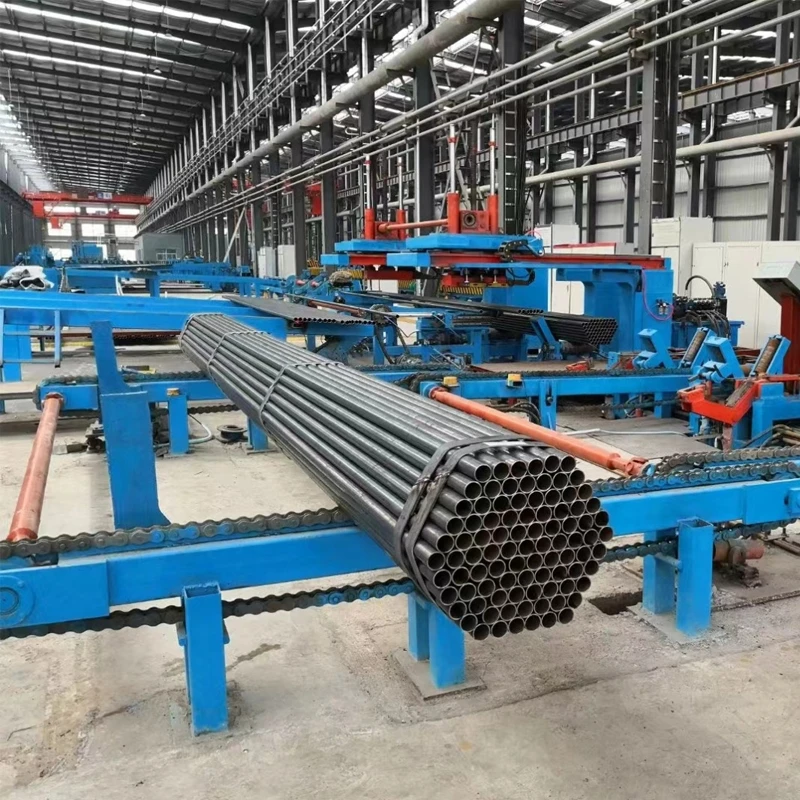high pressure hose machine
High Pressure Hose Machine Advancements and Applications
In the modern industrial landscape, high-pressure hoses are critical components in various sectors, including construction, agriculture, manufacturing, and automotive industries. These hoses are designed to handle fluids and gases at high pressures, ensuring safety and efficiency in operations. The manufacturing of such hoses requires sophisticated machinery, commonly referred to as high pressure hose machines. This article explores the advancements in high pressure hose machines, their operational mechanisms, and their applications across different domains.
Understanding High Pressure Hose Machines
High pressure hose machines are specialized equipment that produce hoses capable of withstanding extreme pressures. The production process involves several key stages, including extrusion, braiding, and curing. The primary materials used include rubber, thermoplastics, and reinforcing fibers such as steel or synthetic materials, depending on the application requirements.
1. Extrusion Process In the extrusion stage, raw materials are heated and forced through a die to create the inner tube of the hose. This process ensures that the inner lining is uniform and free from defects, as the inner tube must withstand high pressures without compromising integrity.
2. Braiding Process After extrusion, the hose is reinforced by braiding numerous strands of high-strength fibers around it. This braiding method significantly enhances the hose's strength and flexibility, allowing it to endure the stress of high-pressure applications.
3. Curing Process Finally, the hoses undergo a curing process where heat is applied to bond the materials together and enhance durability. This stage is crucial in ensuring that the hoses maintain their shape and performance under pressure.
Technological Advancements
Recent technological advancements in high pressure hose machines have led to increased efficiency and precision in hose production. Automation plays a vital role in modern manufacturing processes. Automated machines can monitor the extrusion and braiding processes in real-time, ensuring consistency and quality control. This reduces the potential for human error and allows for higher production rates.
high pressure hose machine

Moreover, advancements in materials science have introduced new types of polymers and composite materials that enhance the performance of high-pressure hoses. For example, hoses made from thermoplastic elastomers (TPE) offer improved flexibility, UV resistance, and temperature resilience compared to traditional rubber hoses. These materials can withstand not only high pressure but also harsh environmental conditions.
Applications of High Pressure Hoses
The versatility of high pressure hoses means they have a broad range of applications
1. Construction In the construction industry, high pressure hoses are used in hydraulic systems for heavy machinery, ensuring smooth operation under challenging conditions. They are also crucial for concrete pumping, where high-pressure transfer of concrete is essential for large-scale projects.
2. Agriculture In agriculture, high pressure hoses facilitate the efficient spraying of pesticides and fertilizers, ensuring that crops receive the necessary nutrients without waste. The ability to operate at high pressures enables precise control over the application process.
3. Manufacturing High-pressure hoses are integral to manufacturing processes in industries such as automotive and aerospace. They are used to power hydraulic presses and other machinery that require high-pressure fluid systems.
4. Automotive In the automotive sector, high pressure hoses are employed in fuel injection systems and air conditioning lines, where they must resist extreme pressures and temperatures.
Conclusion
High pressure hose machines represent a vital component of modern manufacturing, driving efficiency and safety across numerous industries. With ongoing advancements in technology and materials, the capabilities of these machines are continually improving, ensuring that they meet the evolving demands of various applications. As industries become more reliant on high pressure systems, the importance of high pressure hose machines will only continue to grow, paving the way for enhanced performance and productivity in the years to come.
-
High Frequency Straight Seam Welded Pipe Production Line|BzZhou Xinghua|Precision Welding&EfficiencyNewsJul.30,2025
-
High Frequency Straight Seam Welded Pipe Production Line - BzZhou Xinghua|Precision Engineering&EfficiencyNewsJul.30,2025
-
High-Frequency Straight Seam Welded Pipe Production Line-BzZhou Xinghua Machinery Equipment Manufacturing Co., LTD.NewsJul.30,2025
-
High-Frequency Straight Seam Welded Pipe Production Line-BzZhou Xinghua Machinery Equipment Manufacturing Co., LTD.|Precision Manufacturing, High EfficiencyNewsJul.30,2025
-
High Frequency Straight Seam Welded Pipe Production Line-BzZhou Xinghua Machinery Equipment Manufacturing Co., LTD.|Precision Steel Pipe Manufacturing&Industrial EfficiencyNewsJul.29,2025
-
High-Frequency Straight Seam Welded Pipe Production Line-BzZhou Xinghua Machinery Equipment Manufacturing Co., LTD.|Precision Steel Pipe Manufacturing&Industrial EfficiencyNewsJul.29,2025


